
Metal casting is a cornerstone of modern manufacturing, providing the foundation for shaping diverse industries. This comprehensive guide delves into various casting methods, uncovering their working principles, and examining the extensive application scopes that make them integral to production.
1. Sand Casting
Working Principle:
Sand casting's simplicity lies in creating molds from sand. The process involves forming a pattern, assembling the mold, and carefully pouring molten metal into the cavity.
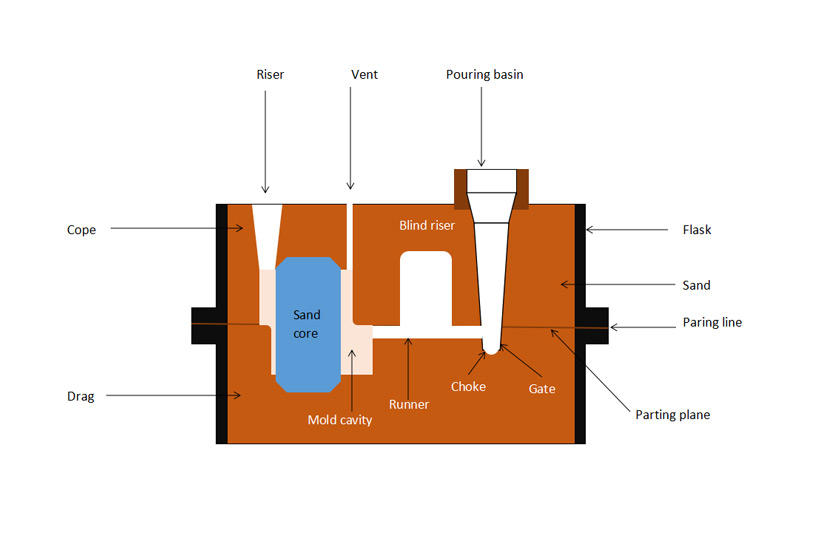
Application Scope:
Versatility is the hallmark of sand casting. Suitable for ferrous and non-ferrous metals, it excels in producing complex shapes and facilitates large-scale production runs.
Advantages:
Low Cost: Sand is an abundant and inexpensive material.
Versatility: Suitable for various metals and intricate designs.
Large-scale Production: Ideal for mass production.
Disadvantages:
Surface Finish: Surface finish can be rough compared to other methods.
Tolerance: Tolerances may not be as tight as in precision methods.
2. Investment Casting
Working Principle:
Investment casting, or lost wax casting, involves creating a wax pattern, coating it with a ceramic shell, and melting the wax to create a cavity for the metal.
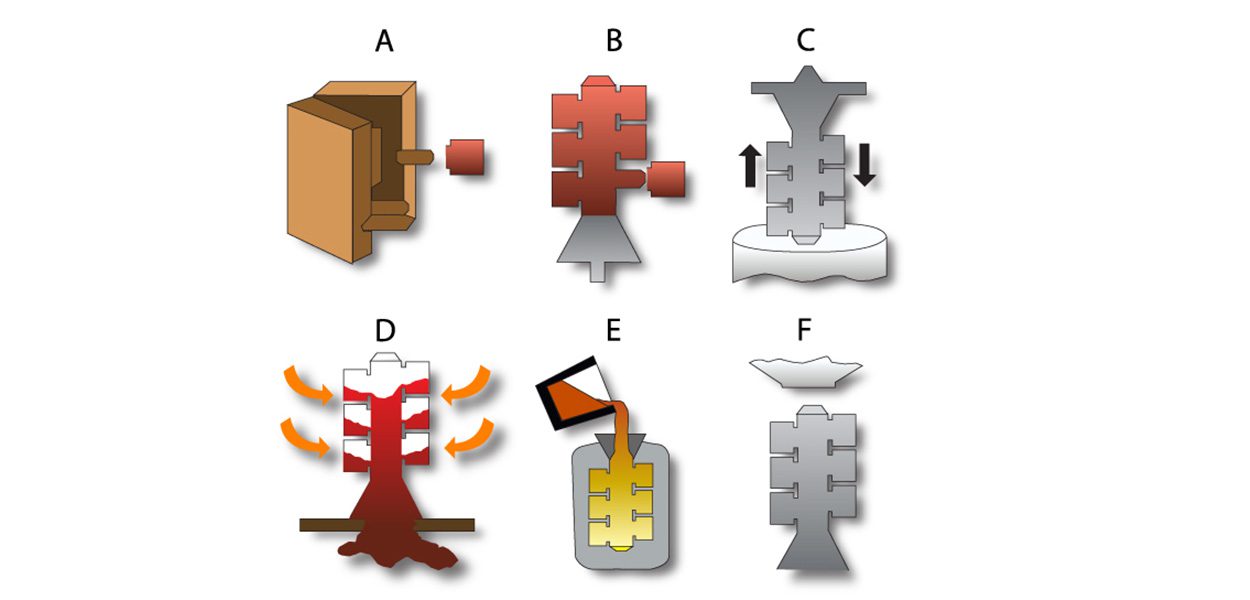
Application Scope:
Prominent in aerospace and jewelry industries, investment casting is revered for its precision and ability to reproduce intricate details.
Advantages:
High Precision: Excellent for intricate designs and fine details.
Smooth Surface Finish: Produces castings with minimal post-processing.
Versatility: Can cast various metals.
Disadvantages:
Cost: Higher cost compared to some other methods.
Production Rate: Slower compared to some high-volume techniques.
3. Die Casting
Working Principle:
Die casting injects molten metal into a steel mold at high pressure, ensuring rapid solidification and the production of precise parts.
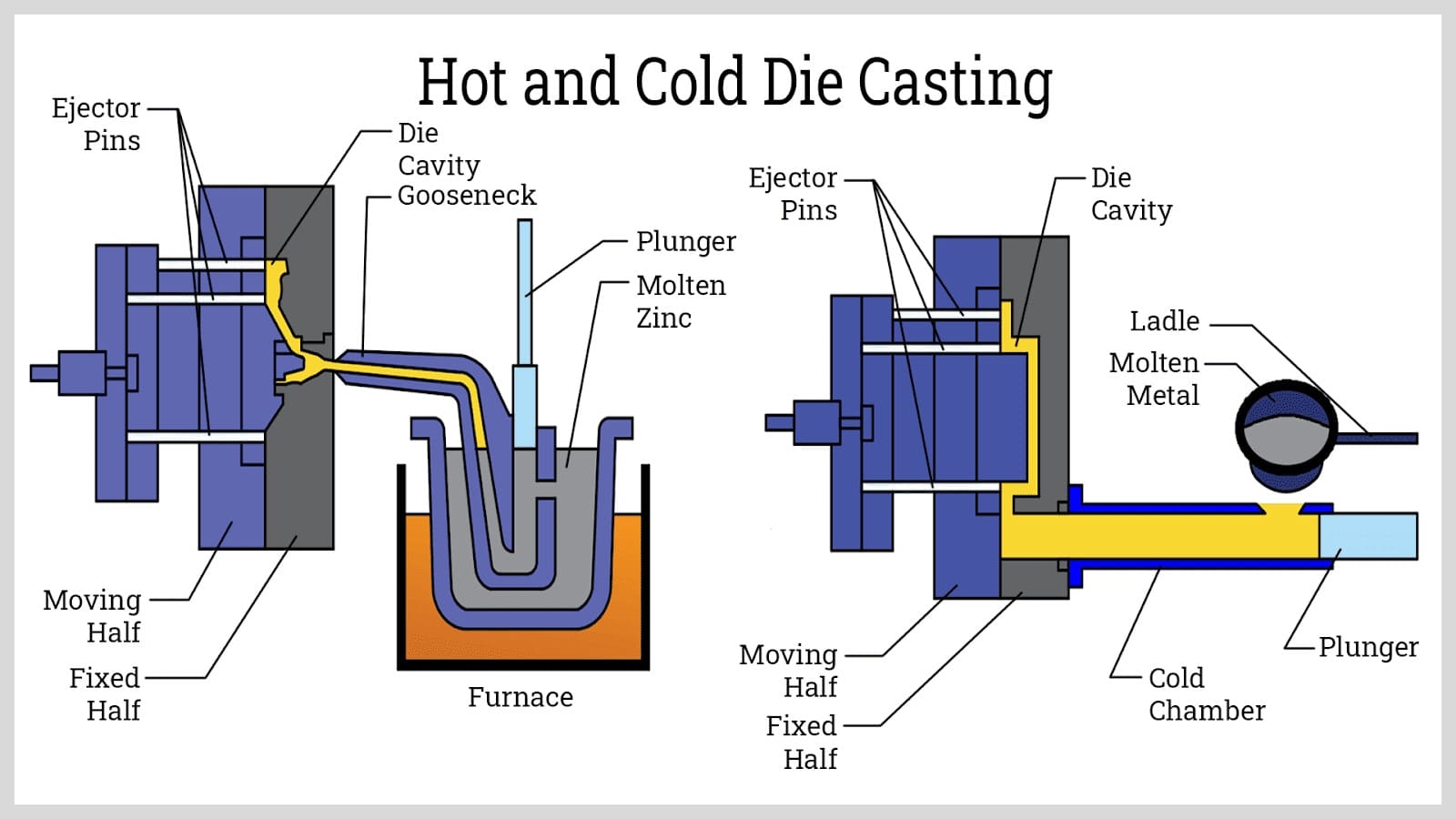
Application Scope:
Widely used in the automotive and electronics industries, die casting is ideal for high-volume production of complex components.
Advantages:
High Production Rate: Fast cycle times for mass production.
Complex Shapes: Well-suited for intricate and complex designs.
Dimensional Accuracy: High precision and tight tolerances.
Disadvantages:
Tooling Cost: Initial tooling cost can be high.
Material Limitations: Limited to certain types of metals.
4. Permanent Mold Casting
Working Principle:
Permanent mold casting employs reusable metal molds and can be gravity or low-pressure, providing flexibility in the choice of technique.
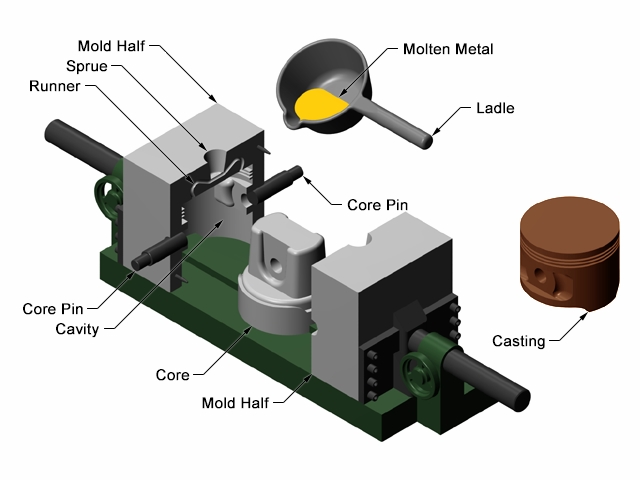
Application Scope:
Focused on dimensional accuracy, it is extensively used for casting aluminum and copper alloys.
Advantages:
Dimensional Accuracy: Well-suited for parts with tight tolerances.
Reusability: Molds can be used multiple times.
Cost-Effective: Lower tooling costs compared to some methods.
Disadvantages:
Complexity: Limited to less complex designs compared to other methods.
Material Limitations: Best suited for certain metals.
5. Centrifugal Casting
Working Principle:
Centrifugal casting involves pouring molten metal into a rotating mold, ensuring even distribution for cylindrical or disk-shaped castings.
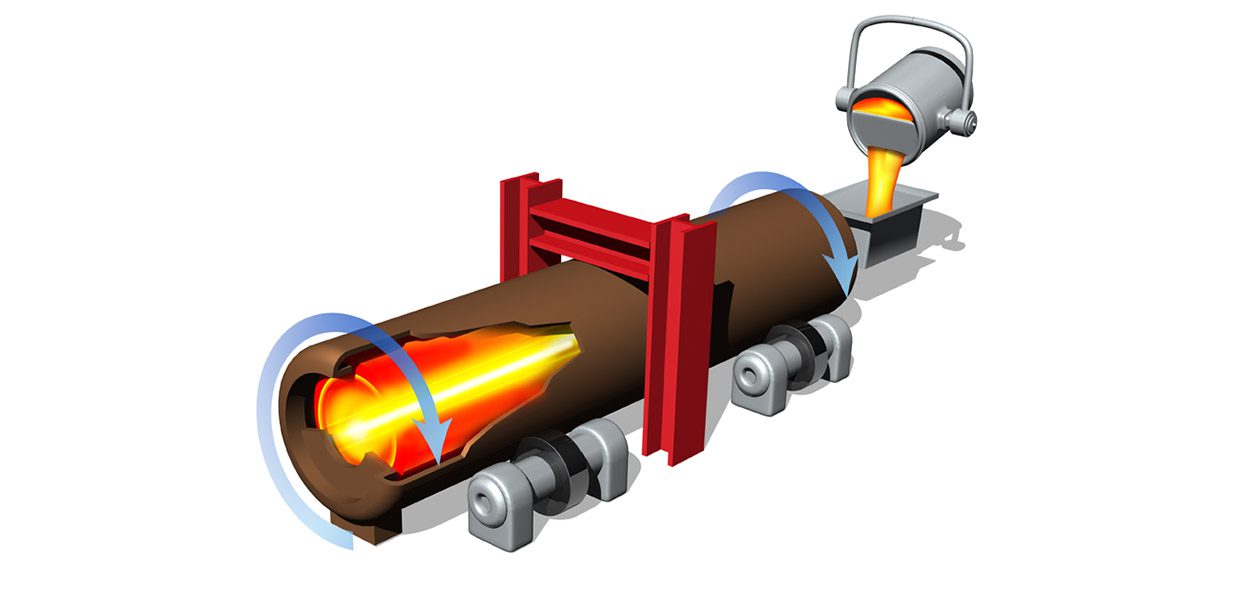
Application Scope:
Ideal for creating homogeneous and defect-free castings, commonly used for pipes, tubes, and rotationally symmetric components.
Advantages:
Quality: Homogeneous and defect-free castings.
Cost-Effective: Efficient for certain shapes and sizes.
Material Savings: Minimizes material waste.
Disadvantages:
Limited Shapes: Restricted to rotationally symmetric parts.
Equipment Cost: Specialized equipment may be required.
6. Continuous Casting
Working Principle:
Continuous casting involves the continuous pouring of molten metal into water-cooled molds, efficient for producing long metal shapes.
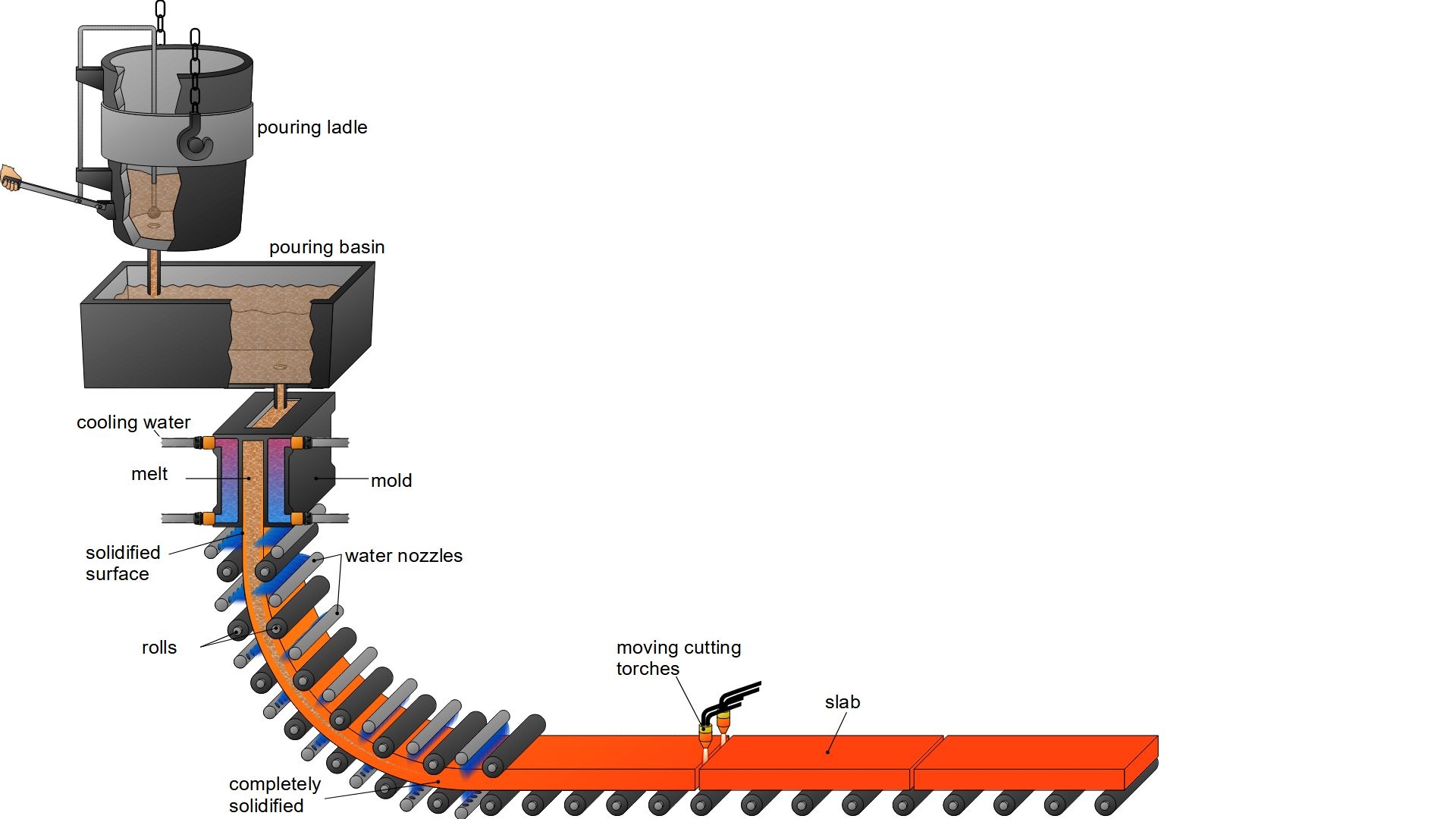
Application Scope:
Widely used for producing long metal products like beams and slabs.
Advantages:
Efficiency: Continuous and uninterrupted production.
Material Savings: Minimizes material waste.
Quality: Homogeneous structure and improved mechanical properties.
Disadvantages:
Initial Setup Cost: High initial investment in equipment.
Limited Shapes: Suited primarily for long shapes.
7. Shell Molding
Working Principle:
Shell molding, akin to sand casting, utilizes resin-coated sand to create molds. The process involves heating the shell to form a robust mold.
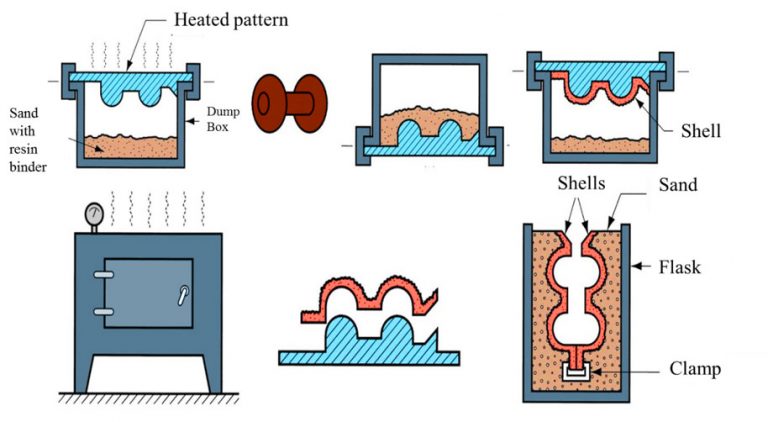
Application Scope:
Industries seeking high-precision castings, such as automotive and aerospace, benefit from shell molding.
Advantages:
Precision: Good dimensional accuracy and surface finish.
High Production Rate: Faster than traditional sand casting.
Versatility: Suitable for a range of metals.
Disadvantages:
Equipment Cost: Initial setup cost can be higher.
Material Waste: Some material waste in the form of the shell.
8. Lost Foam Casting
Working Principle:
Lost foam casting involves creating a foam pattern, coating it with a refractory material, and pouring molten metal to replace the foam.
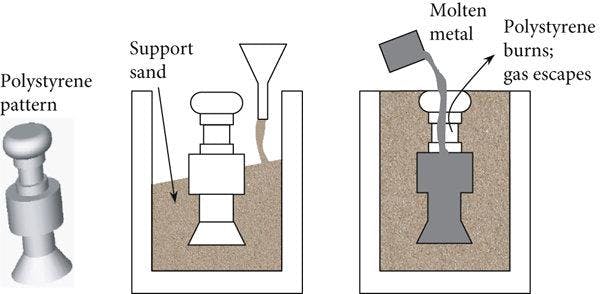
Application Scope:
Ideal for intricate and complex parts, commonly employed in foundries and automotive manufacturing.
Advantages:
Complex Shapes: Well-suited for intricate designs.
Reduced Machining: Minimal post-casting machining required.
Versatility: Can be used for various metals.
Disadvantages:
Pattern Cost: Foam patterns can be costly.
Surface Finish: May not achieve the same surface finish as precision methods.
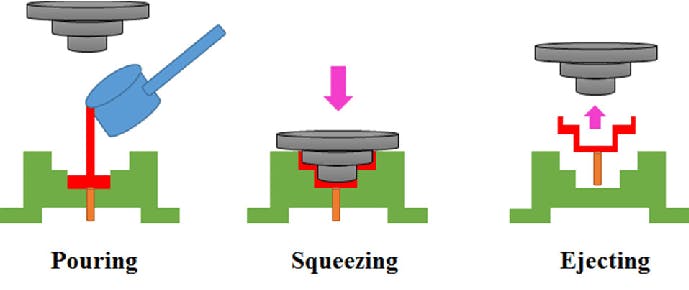
9. Squeeze Casting
Working Principle:
Squeeze casting involves applying pressure to molten metal during solidification, enhancing the mechanical properties of the casting.
Application Scope:
Industries requiring high-strength components turn to squeeze casting for its ability to improve mechanical properties.
Advantages:
Enhanced Properties: Improved mechanical properties.
Precision: Good dimensional accuracy.
Versatility: Can be used for various alloys.
Disadvantages:
Complexity: Specialized equipment is required.
Material Limitations: Best suited for specific alloys.
The diversity of metal casting methods ensures that manufacturers can choose the most suitable technique for their specific needs. Each method brings its unique advantages and disadvantages, making the decision multifaceted and dependent on factors such as production volume, part complexity, and material requirements. As technology advances, the world of metal casting continues to evolve, promising even more efficient and precise methods to shape the future of manufacturing.